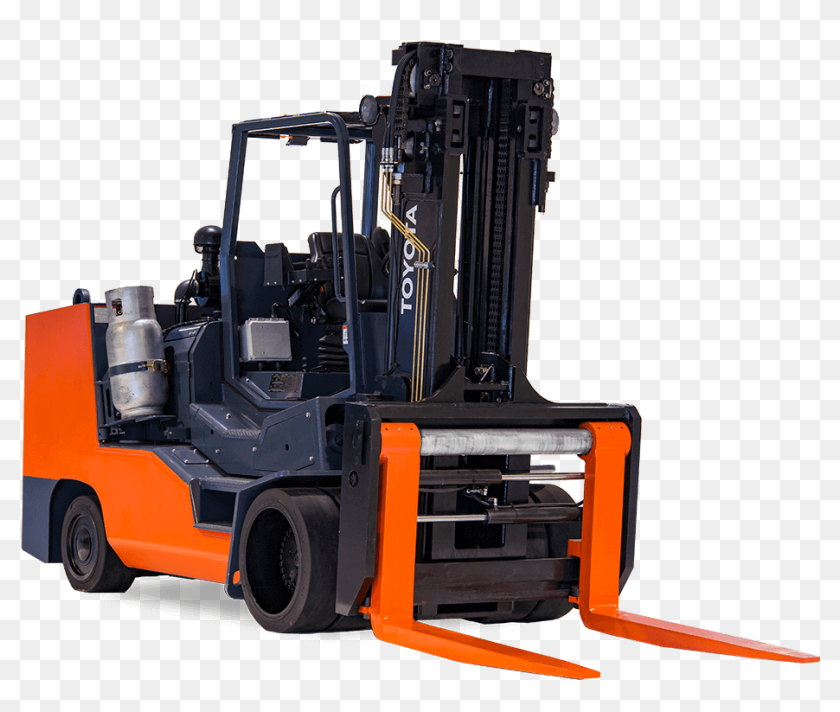Mastering Your Toyota Forklift: Essential Service and Repair Tips
Mastering Your Toyota Forklift: Essential Service and Repair Tips
Blog Article

Maintaining your Toyota forklift is essential to ensure its longevity and optimal performance. As one of the leading names in material handling equipment, Toyota forklifts are known for their reliability and efficiency. However, like any machinery, they require regular service and repairs to keep running smoothly. Proper maintenance not only enhances the lifespan of your forklift but also ensures safety in your workplace, reducing the risk of accidents caused by mechanical failures.
In this article, we will delve into essential service and repair tips specifically designed for Toyota forklifts. Whether you are a seasoned technician or a new operator, understanding the key maintenance practices will help you keep your equipment in top shape. From routine inspections to troubleshooting common issues, mastering these essential skills will lead to improved performance and decreased downtime, benefiting both your operation and your bottom line.
Routine Maintenance Checks
Regular maintenance checks are crucial for keeping your Toyota forklift in optimal condition. Start by inspecting the fluid levels, including engine oil, hydraulic fluid, and coolant. Low fluid levels can lead to engine wear or hydraulic system failures. Always fill to the recommended levels according to the manufacturer’s specifications, and check for leaks that might indicate potential issues.
Next, examine the condition of the tires. Ensure that they are properly inflated and free from significant wear or damage. Worn tires can affect traction and stability, leading to safety hazards during operation. Regularly rotating tires and replacing them when necessary will prolong the life of your forklift and enhance its performance.
Additionally, pay attention to the battery and electrical system. Check battery terminals for corrosion and ensure that all connections are tight and secure. Inspect the lights, horns, and other electrical components to ensure they are functioning correctly. Maintaining the electrical system is key to preventing unexpected breakdowns and ensuring safe operation.
Common Repairs and Solutions
https://toyota-forklift-manual.com
One common issue with Toyota forklifts is hydraulic system failure. This can manifest as slow or unresponsive lift functions. To address this, first check the hydraulic fluid levels and inspect for any leaks in the hoses or fittings. If levels are low, top off the fluid and monitor for leaks. If leaks are found, replacing damaged hoses or fittings should restore proper function. Additionally, consider flushing the hydraulic system and replacing the fluid if it appears contaminated.
Another frequent problem is electrical system malfunctions, which can lead to starting issues or erratic behavior of functions. Begin troubleshooting by checking the battery connections and ensuring the battery is fully charged. Inspect the wiring for any signs of wear or corrosion. If the forklift still fails to operate correctly, it may be necessary to test the ignition switch and fuses. Replacing any faulty components can often resolve the issue.
Lastly, tire wear and damage can greatly affect stability and performance. Inspect the tires regularly for signs of uneven wear, cracks, or punctures. Proper inflation is crucial, so ensure that all tires are inflated to the manufacturer’s specifications. If any tire is excessively worn or damaged, it should be replaced immediately to maintain the safety and efficiency of the forklift. Regularly checking and maintaining tires can prevent larger issues down the line.
Safety Precautions During Service
When servicing a Toyota forklift, it is crucial to prioritize safety to prevent accidents and injuries. Always ensure that the forklift is turned off and not operational before starting any maintenance or repair work. Engage the parking brake and remove the keys to eliminate any chance of accidental movement. Inform coworkers that maintenance is in progress to avoid unexpected interruptions.
Wearing appropriate personal protective equipment is essential during any service or repair tasks. Make sure you have safety goggles, gloves, and protective footwear to safeguard against potential hazards. Additionally, keep your work area clean and organized. This helps to minimize tripping hazards and ensures you can access tools and parts easily, allowing for a more efficient and safer working environment.
Finally, it's important to follow the manufacturer's guidelines and service manuals when repairing your forklift. These documents offer critical safety information and specific procedures that must be adhered to. If you encounter issues beyond your expertise, do not hesitate to consult a professional technician. By sticking to these safety precautions, you can effectively maintain your Toyota forklift without putting yourself or others at risk.
When to Seek Professional Help
Even with a solid understanding of your Toyota forklift and basic maintenance knowledge, there are times when seeking professional help is the best course of action. If you encounter persistent issues such as strange noises, loss of power, or warning lights that remain illuminated, it is crucial to consult a qualified technician. These symptoms can indicate deeper mechanical problems that require specialized tools and expertise to diagnose and repair properly.
Another important moment to contact professionals is when dealing with major components like the engine, transmission, or hydraulic systems. These areas can be particularly complex and, if not handled correctly, may lead to further damage or safety hazards. An expert can ensure that any repairs are done accurately and up to the manufacturer's standards, preserving the integrity of the forklift and your investment.
Lastly, if you find that routine maintenance checks are consuming too much of your time or you lack the necessary skills, it may be wise to consider hiring a service provider. Regular professional inspections not only help catch potential problems early but also ensure that your Toyota forklift remains compliant with safety regulations. This proactive approach can save you time, money, and the stress of unexpected breakdowns.
Report this page